
Today, artificial intelligence has become the cornerstone of a new round of industrial revolution after automation, electrification and informatization. Talking about the application of artificial intelligence, not only in the industrial field, but also in the fields of education, medical care and finance are revolutionary technological innovations. What is the performance in the oldest traditional agricultural field??
Artificial Intelligence to Solve the Century Challenges Faced by Agriculture
The challenges facing the agricultural sector are more important to humans than others. The development and application of artificial intelligence in the agricultural field has already begun in this century. There are intelligent robots such as farming, sowing and picking, as well as intelligent identification systems such as intelligent detection of soil, detection of pests and diseases, and climate disaster warning. Livestock smart wear products used in livestock farming. These applications are helping us increase output, increase efficiency, and reduce the use of pesticides and fertilizers.
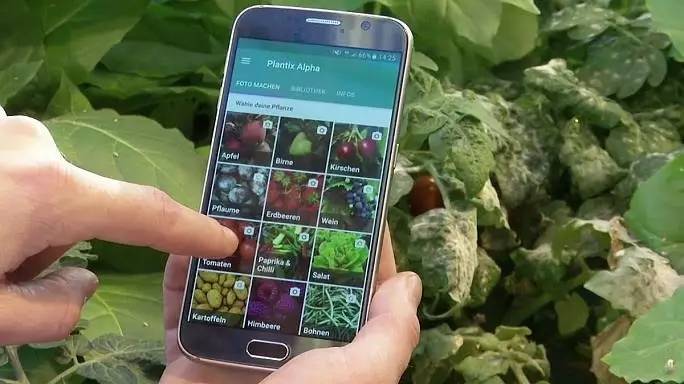
Intelligent image recognition
In the past, we saw an unknown flower in the wild to check the information to know what flowers and plants, but now we can use a variety of mapping software to scan the flowers and plants to know, this is computer image recognition technology. Nowadays, with machine learning and deep learning, the accuracy of intelligent image recognition is getting higher and higher, and the application is far more than that.
PlantVillage (USA) and Plantix (Germany) are two smart plant recognition apps that can do more than just help you identify crops you don't know. They can help farmers intelligently identify crop pests and diseases. Farmers upload photos of crops with pests and diseases, and the app will identify the pests and diseases that crops have committed, and can give corresponding treatment plans. In addition to the treatment scheme given by artificial intelligence, there is a community where users and experts communicate on the App, and can discuss and communicate with the corresponding pests and diseases.
Intelligent recognition + intelligent robot
So what if you combine intelligent image recognition with a smart robot? That is better to help us plant, sow and pick.
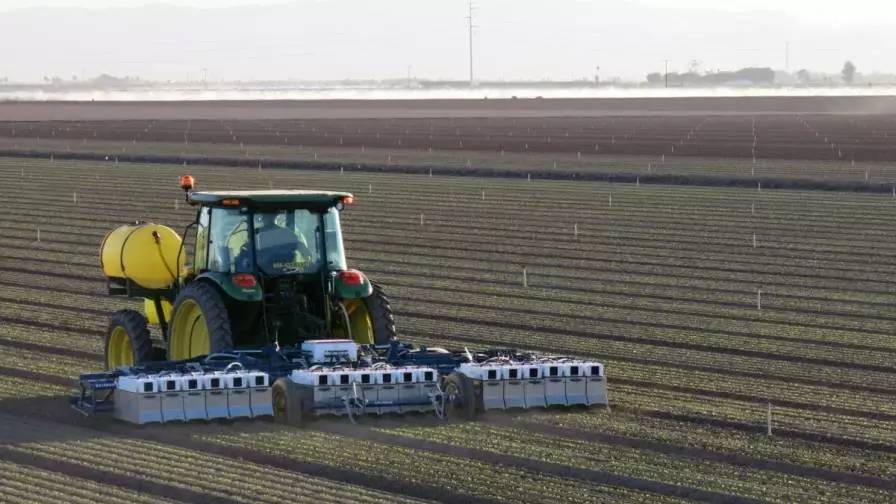
(Blue River lettuce planter)
Blue River's agricultural intelligent robots can intelligently weed, irrigate, fertilize and spray. Intelligent robots use computer image recognition technology to obtain the growth status of crops. Through machine learning, analyze and judge those that weeds need to be removed, where irrigation is needed, where fertilization is needed, where it is needed, and can be performed immediately (shown as lettuce) Planting machine). Because of the ability to fertilize and fight drugs more accurately, intelligent robots can greatly reduce the use of pesticides and fertilizers, reducing the use of pesticides and fertilizers by 90% compared with traditional methods.
The intelligent seeding robot can also obtain soil information through the detection device, and then algorithmizes the optimized seeding density and automatically sows. Prospero, a smart seeding robot developed by David Dorhout, an inventor from Iowa, is such an intelligent robot.
In addition to sowing and field management, agricultural intelligent robots can also help us pick ripe fruits and vegetables.
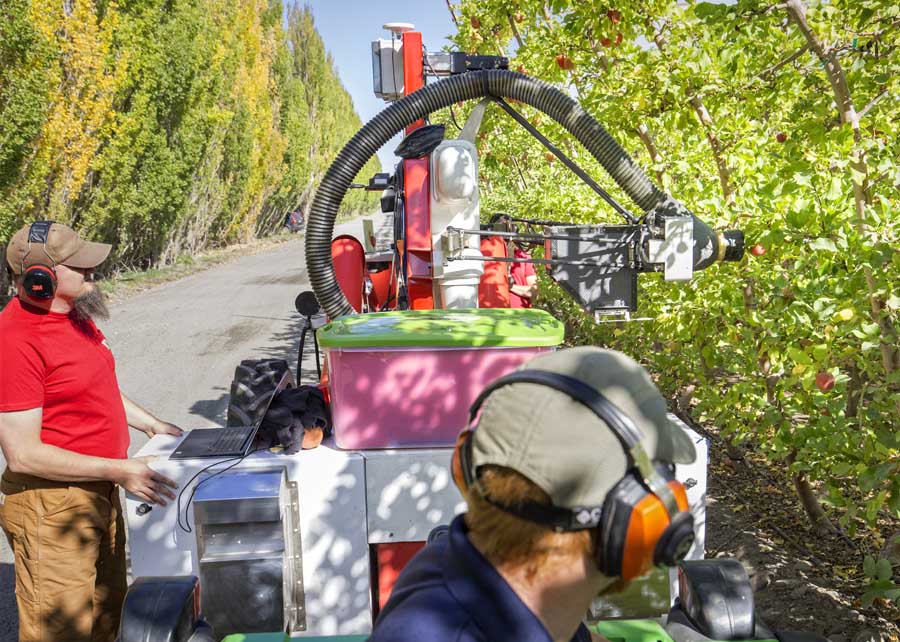
(Aboundant Robotics' Apple Picking Robot)
Aboundant Robotics is also an agricultural robot company from California. Currently, they are listed on an apple picking robot that can achieve a picking speed of one second without destroying apple trees and apples. The apple picking robot takes photos of the fruit trees through the camera device, uses image recognition technology to locate the apples suitable for picking, and then picks them with robotic arms and vacuum pipes, without hurting the fruit trees and apples at all.
Satellite cloud map learning, planting the land does not look at the sky, watching the mobile phone
Traditional pesticide field management is seen as a thing, and now farmers have to become low-headed people watching mobile phones. Through intelligent identification and analysis of satellite photographs, aerial photographs and photographs taken by other equipment in the field, artificial intelligence can accurately predict weather, climate disasters, identify soil fertility, and the health of the dealer.
In addition to weather forecasting and production forecasting, artificial intelligence can also learn from the various images of crops to determine where weeds invade farmland, which plots have insufficient nutrients for crops, and where crops are causing pests and diseases. IntelinAir in California is a company that provides such services.
Gamaya, an agricultural technology company derived from the Swiss Federal Institute of Technology, uses a unique hyperspectral (hyperspectral) sensing device that can detect spectra that are invisible to the naked eye, which provides farmers with more comprehensive data and provides intelligence to farmers. Fertilization management, irrigation management and pest management. Gamaya's technology has been applied to the cultivation of corn, soybeans and sugar cane, and has helped farmers significantly reduce costs and increase output.
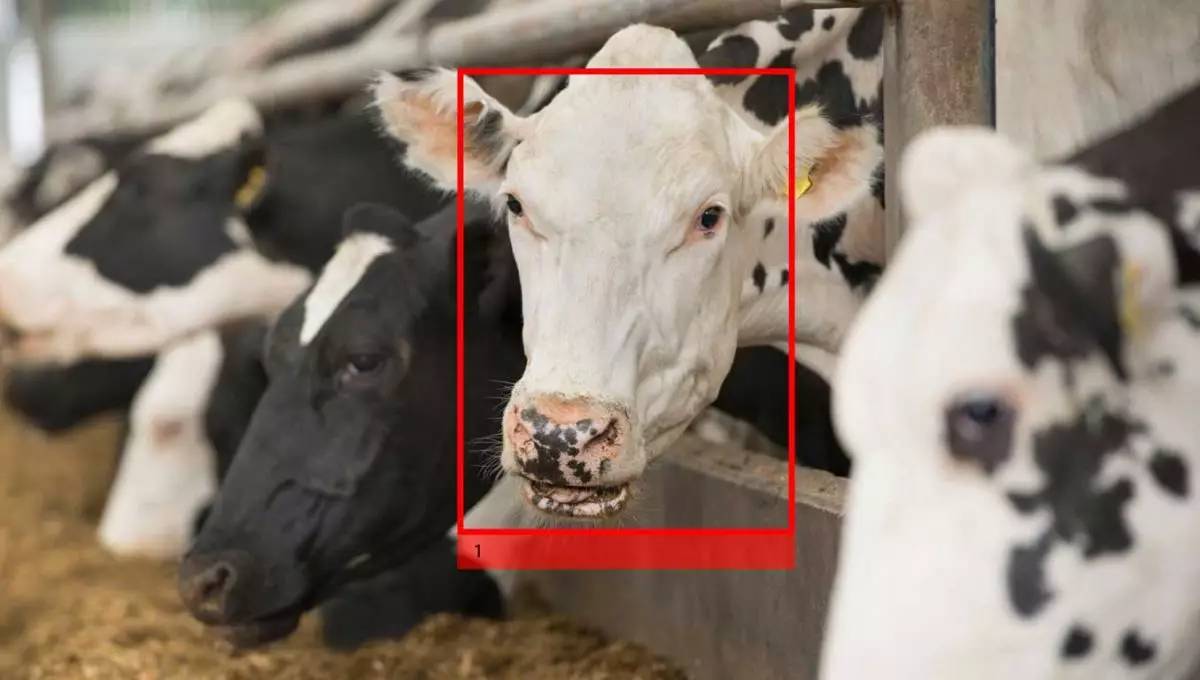 Bull face recognition, smart wear
Bull face recognition, smart wear
Artificial intelligence can also be used in the livestock industry, such as in the cattle industry. Artificial intelligence obtains photos of the cow's face and physical condition through the camera of the farm, and then analyzes the mood and health of the cow through deep learning, and then helps the farmer to determine which cows are sick, what diseases have occurred, and those cows have not eaten. Full, even those cows have reached estrus. Cainthus Machine Vision from Canada is doing something like this.
In addition to the camera's "bull face" recognition of cattle, it can also be combined with wearable smart devices, which will allow farmers to better manage the farm. Connecterra in the Netherlands is an animal smart wearable technology company. Data is collected together with a fixed detector on the cow's neck, combined with a fixed detector on the pasture. These data are uploaded to the cloud server, and the self-developed algorithms are used to make these massive raw data into intuitive charts and information sent to the customer through machine learning.
Make the Internet of Things more valuable
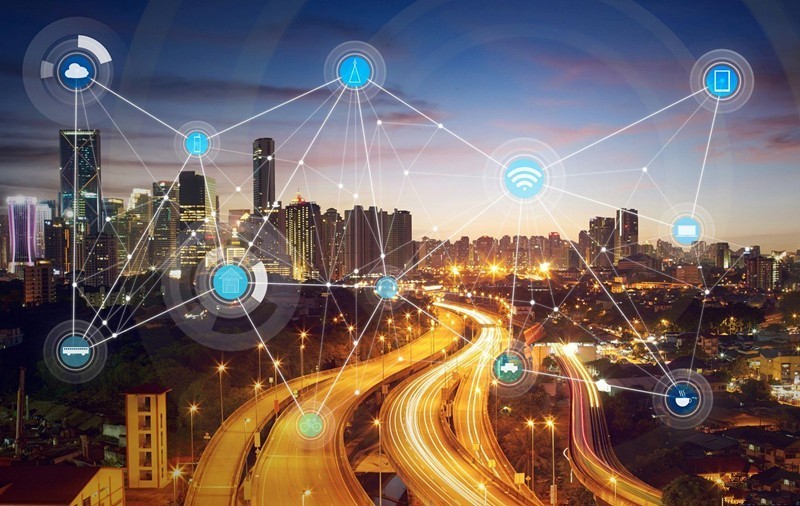
In addition to smart wear, there are more agricultural IoT facilities, such as field cameras, temperature and humidity monitoring, soil monitoring, drone aerial photography and so on. These facilities can provide massive real-time data for agricultural management, so how to turn these massive amounts of data into valuable information in a timely manner is what artificial intelligence needs to do.
Artificial intelligence can also give various optimization schemes through algorithms, such as based on soil environmental conditions, combined with market market forecasts, to give a suitable corn or soybean for this year.
Future challenges and opportunities
The application of artificial intelligence in agriculture has just begun, and the challenges are greater than any other industry, because there are too many unknown factors involved in agriculture! Geographical location, surrounding environment, climate and soil, pests and diseases, biodiversity, complex microbial environment, etc., all of which affect agricultural production. You can test successful algorithms in a specific environment, and changing an environment is not necessarily useful.
Some of the examples of successful application of artificial intelligence that we have seen at this stage are mostly in specific geographical environments or specific farming models. When the external environment changes, how to challenge algorithms and models is a challenge for these artificial intelligence companies, which requires more collaboration between industry and agronomists.